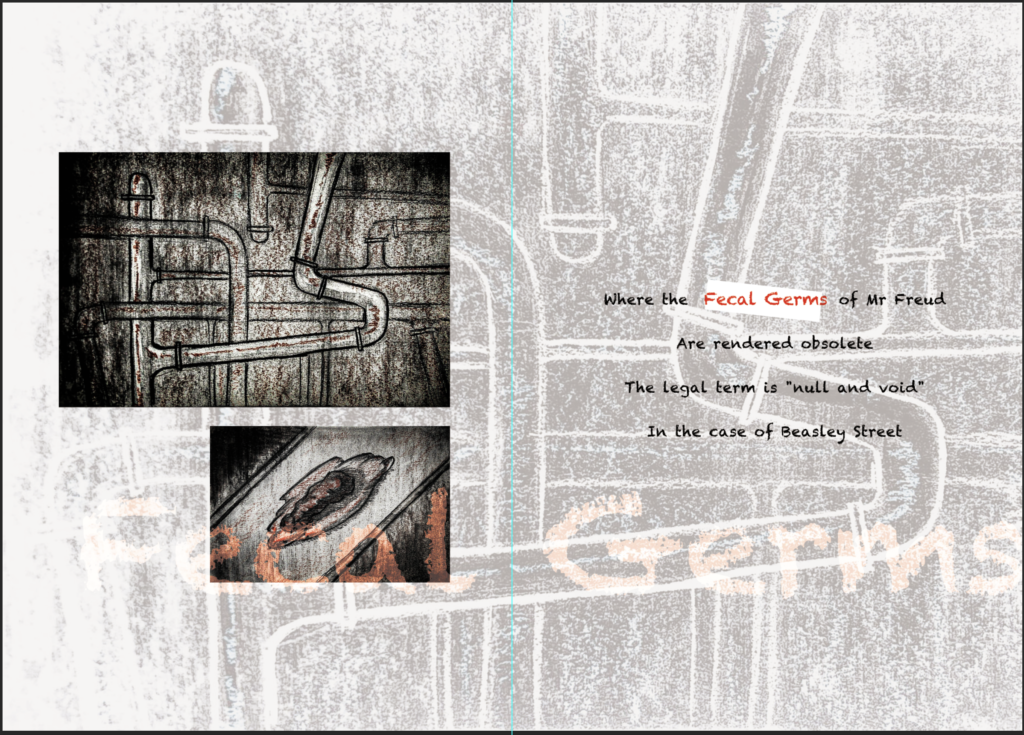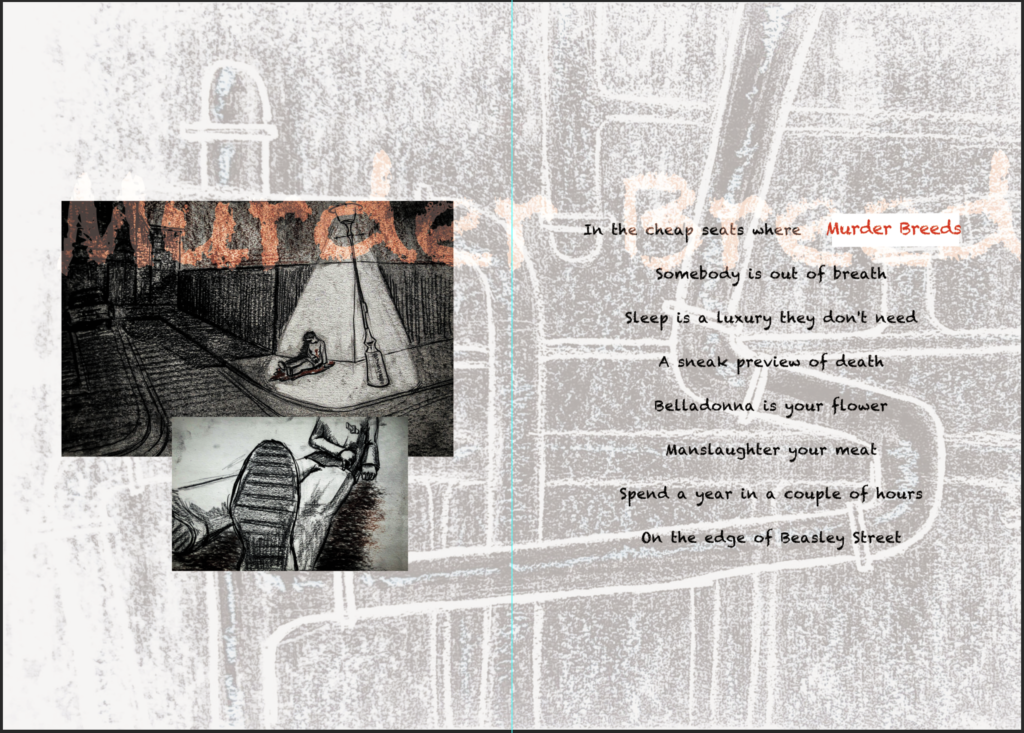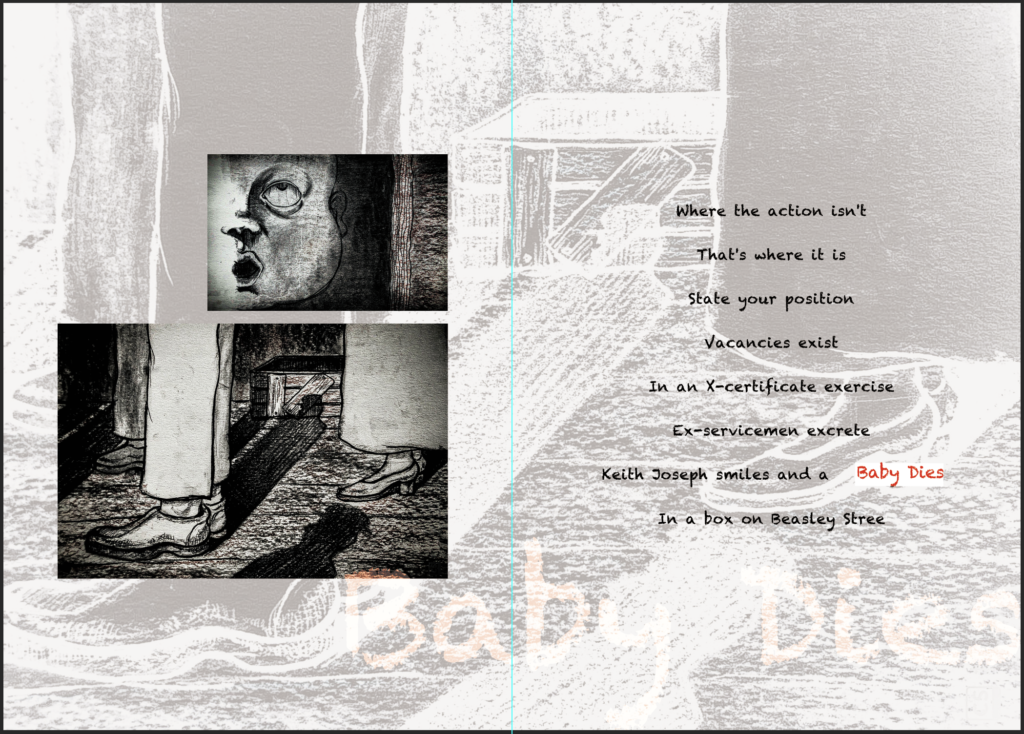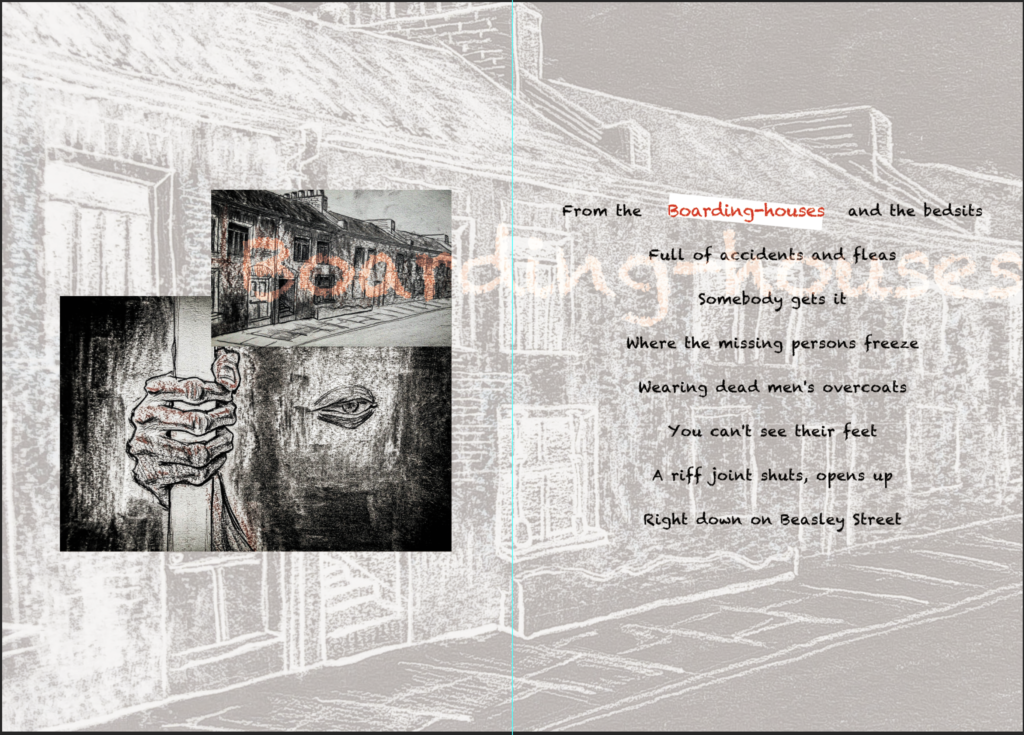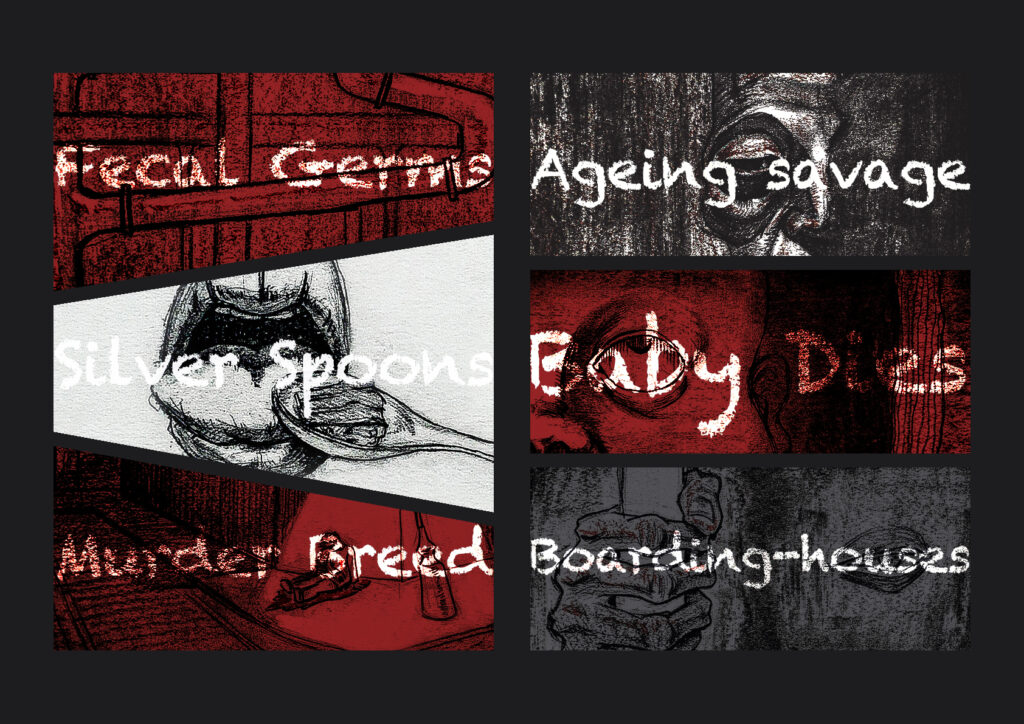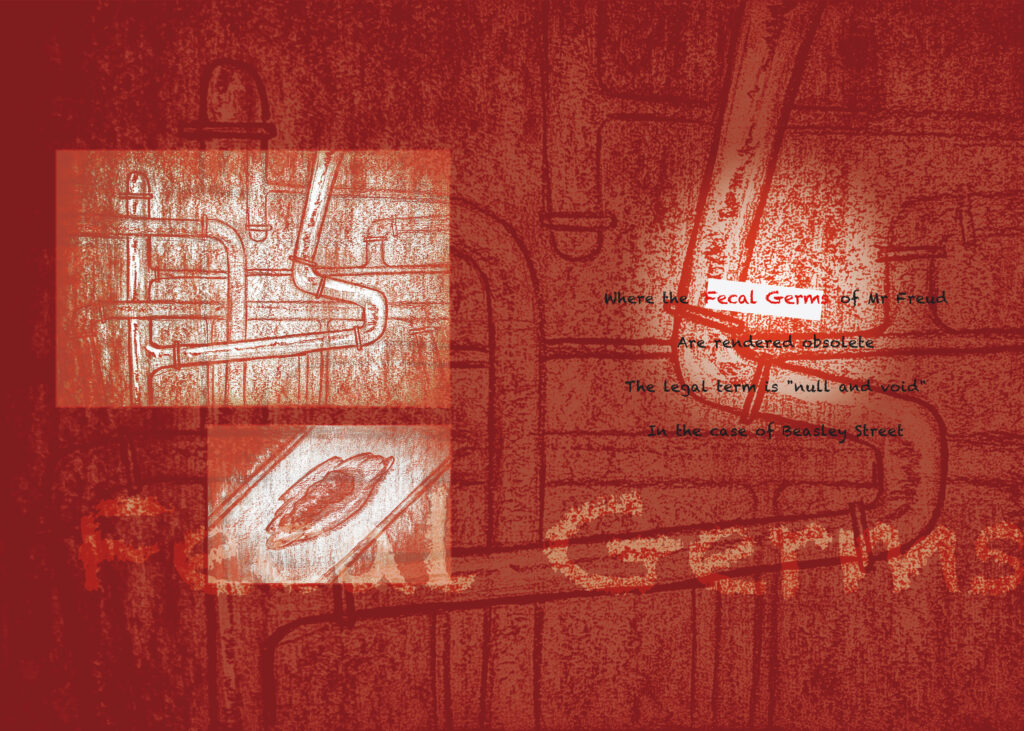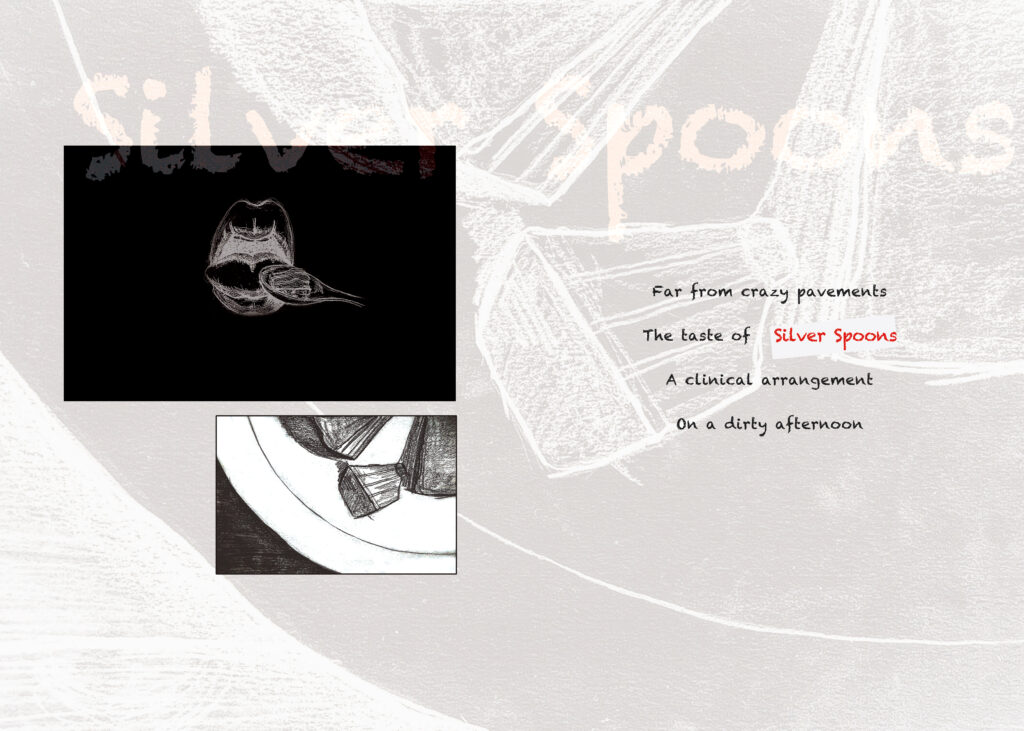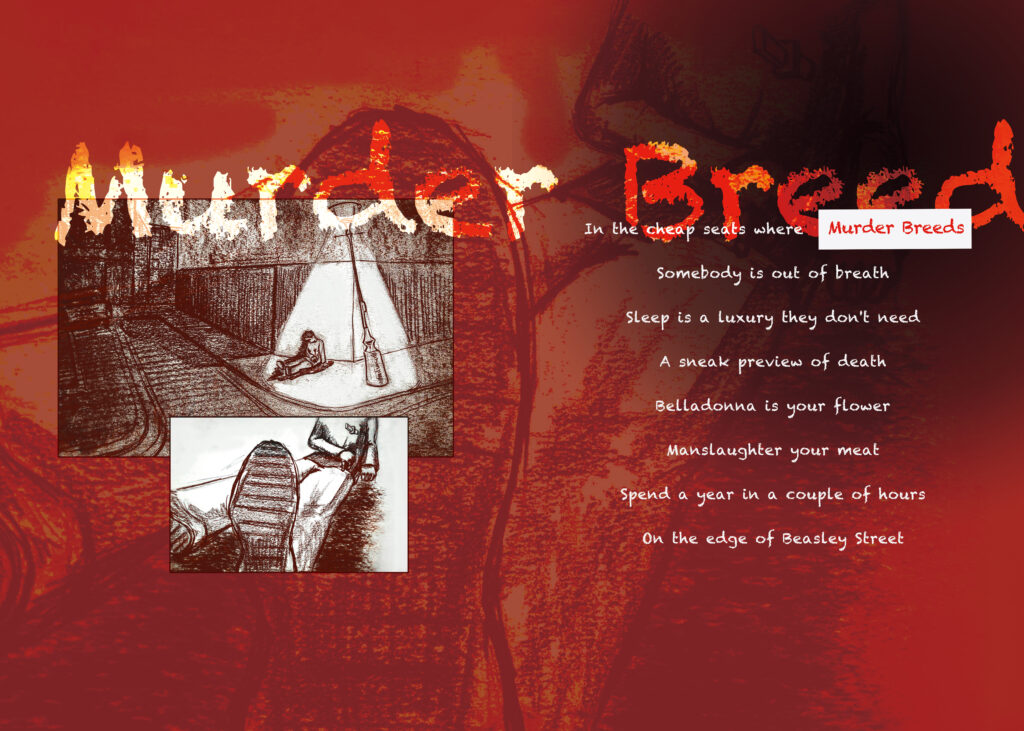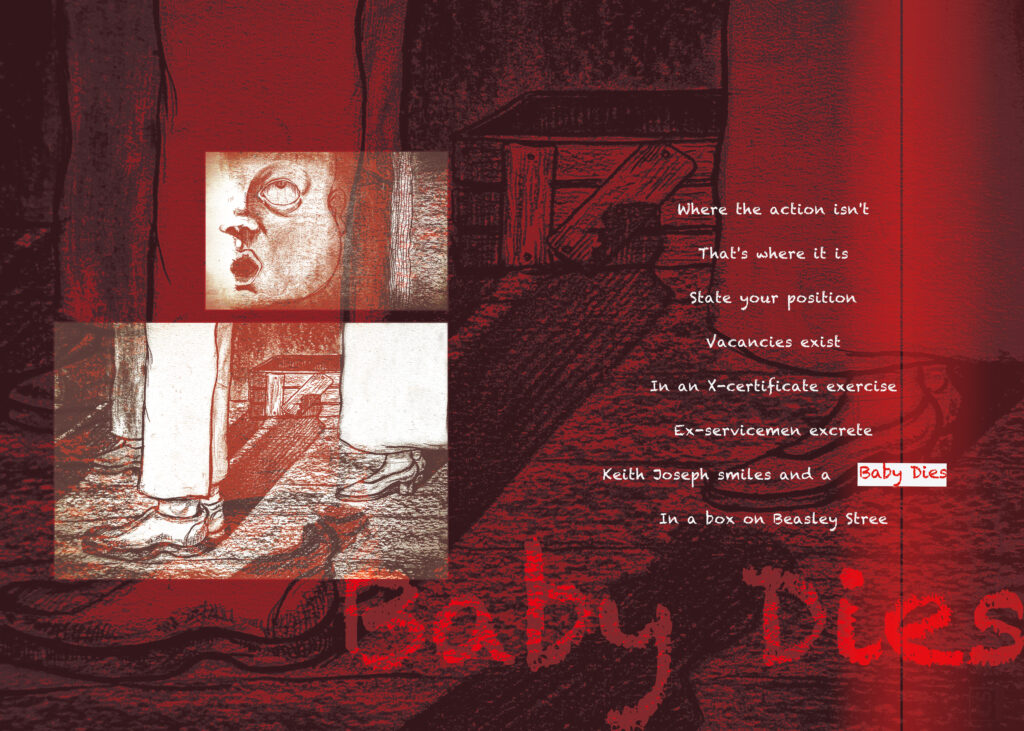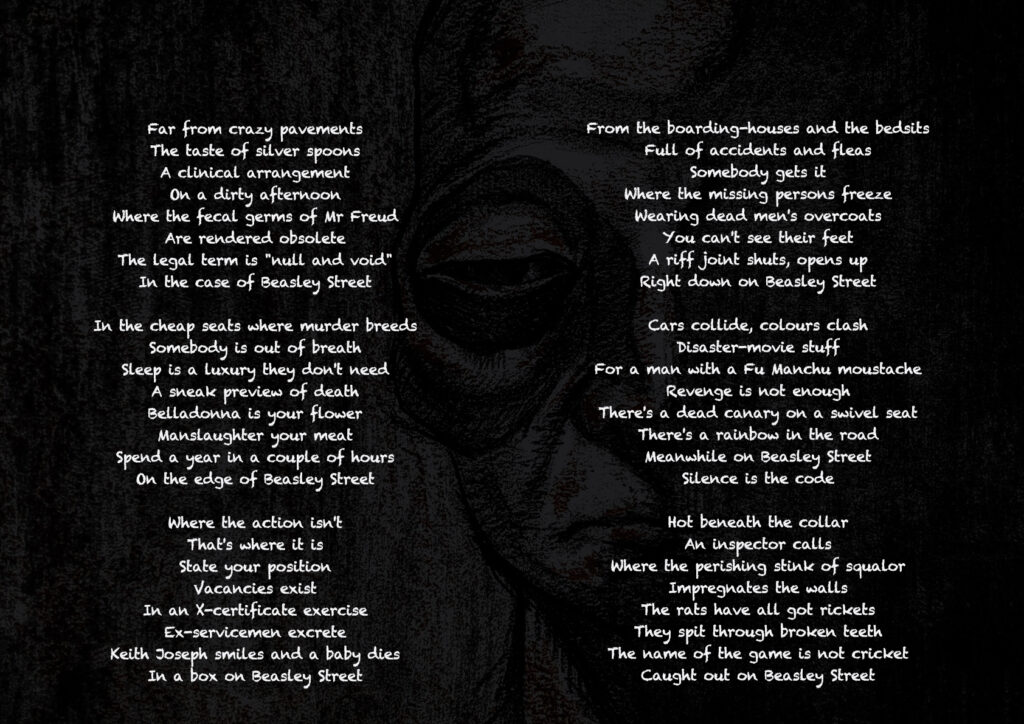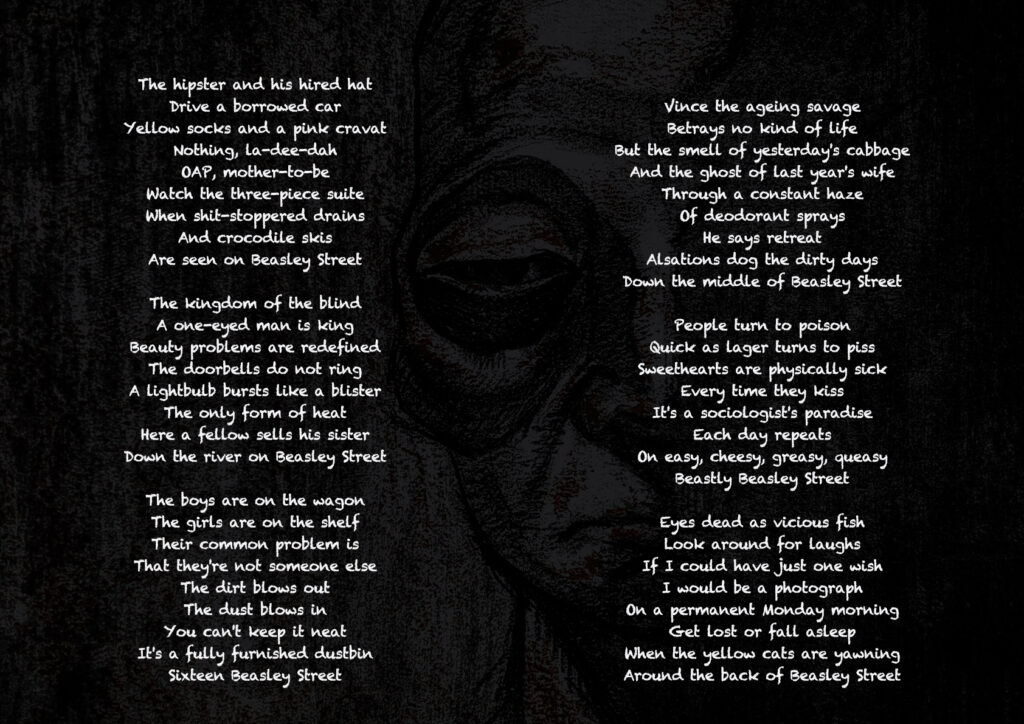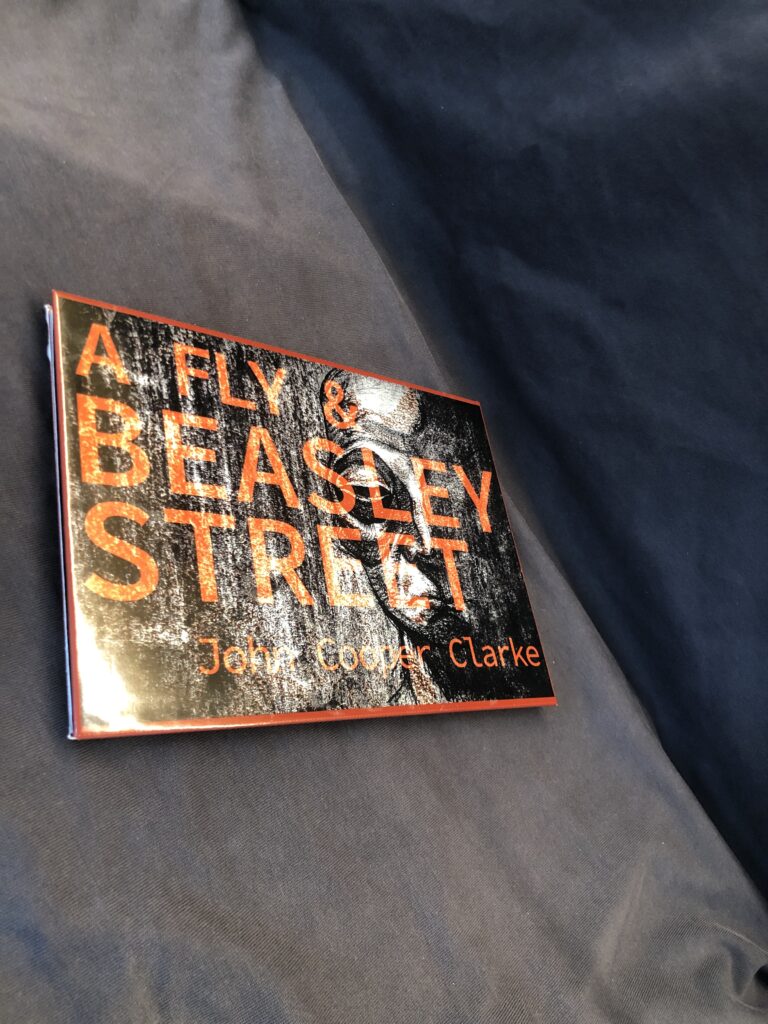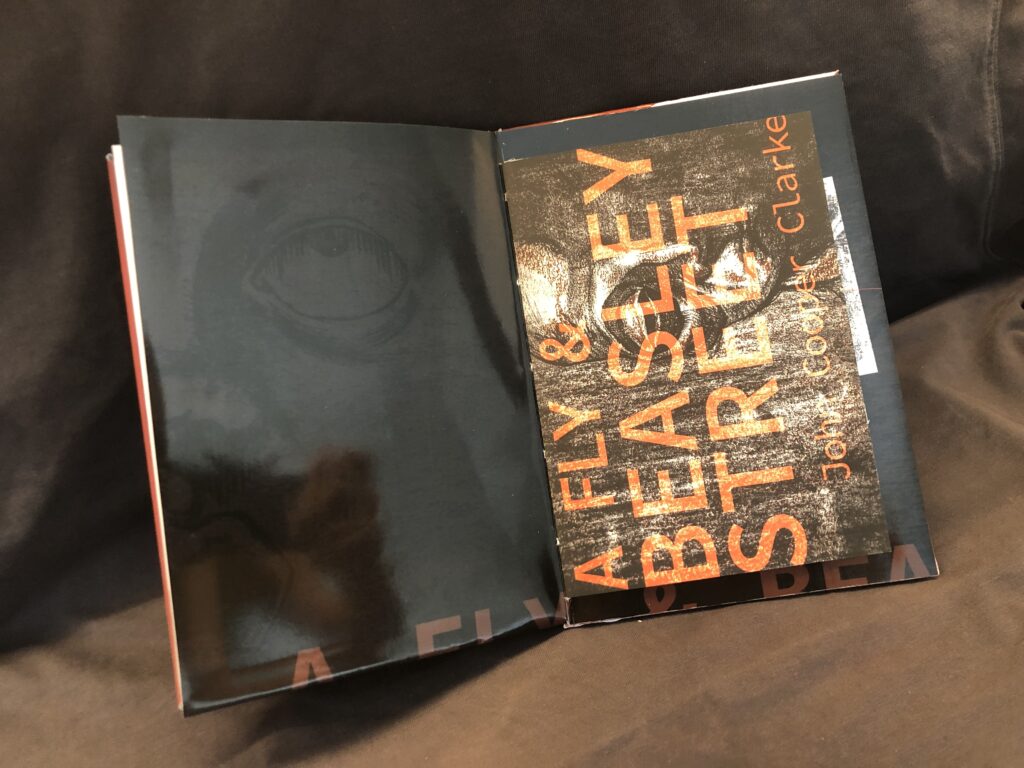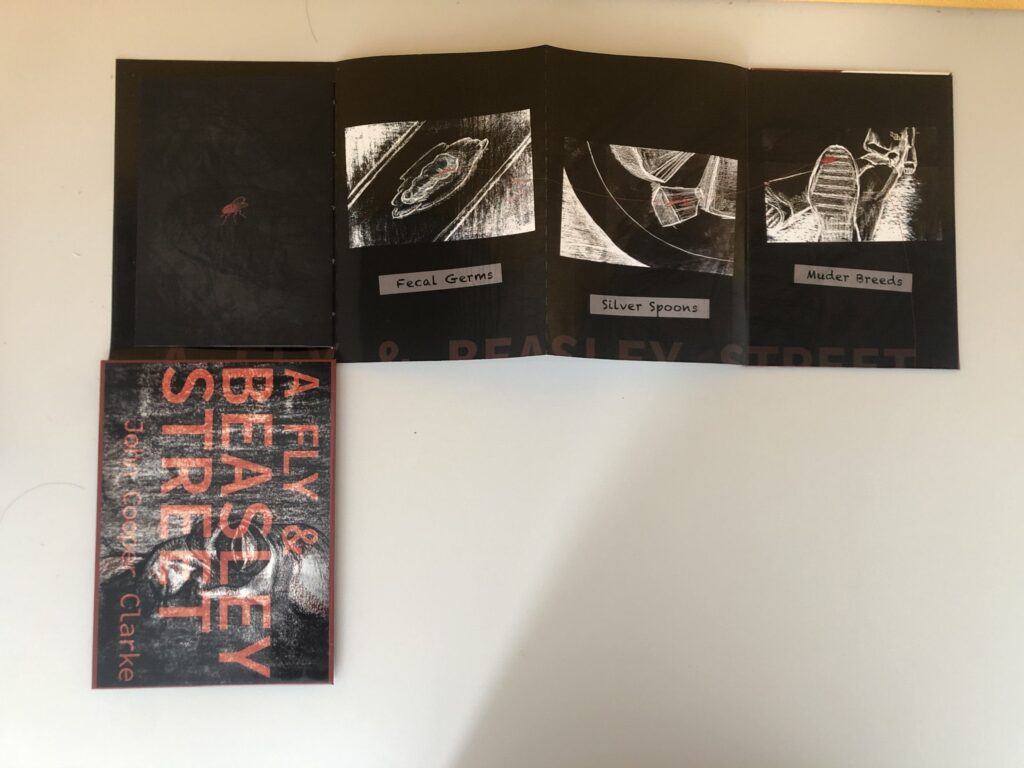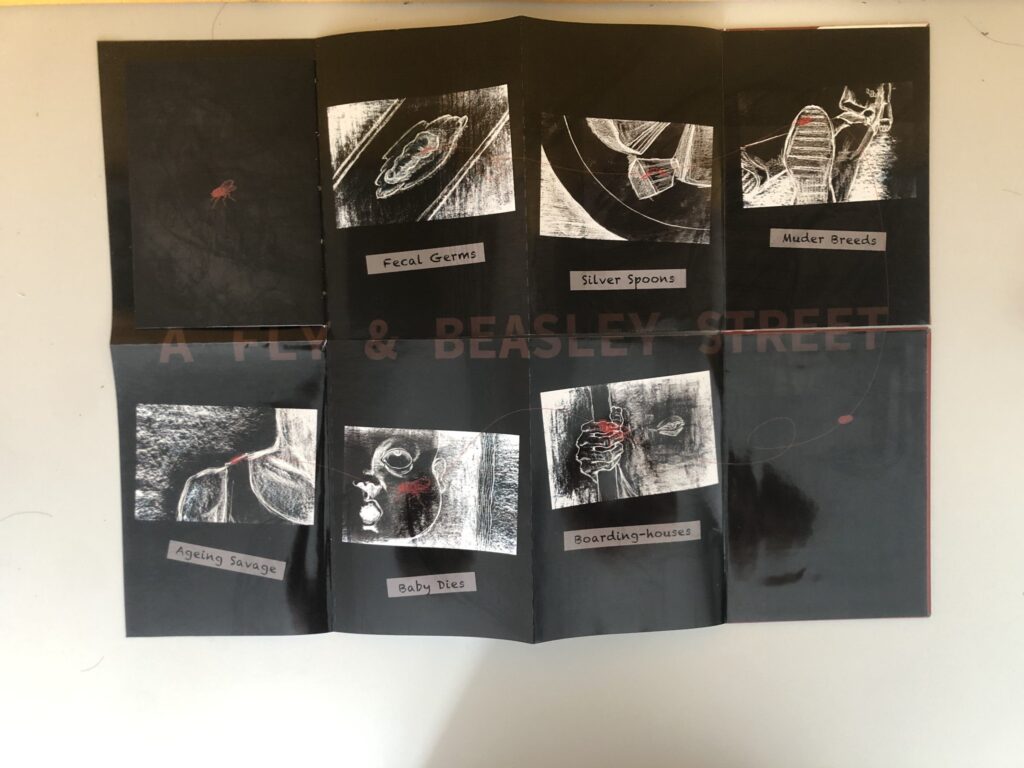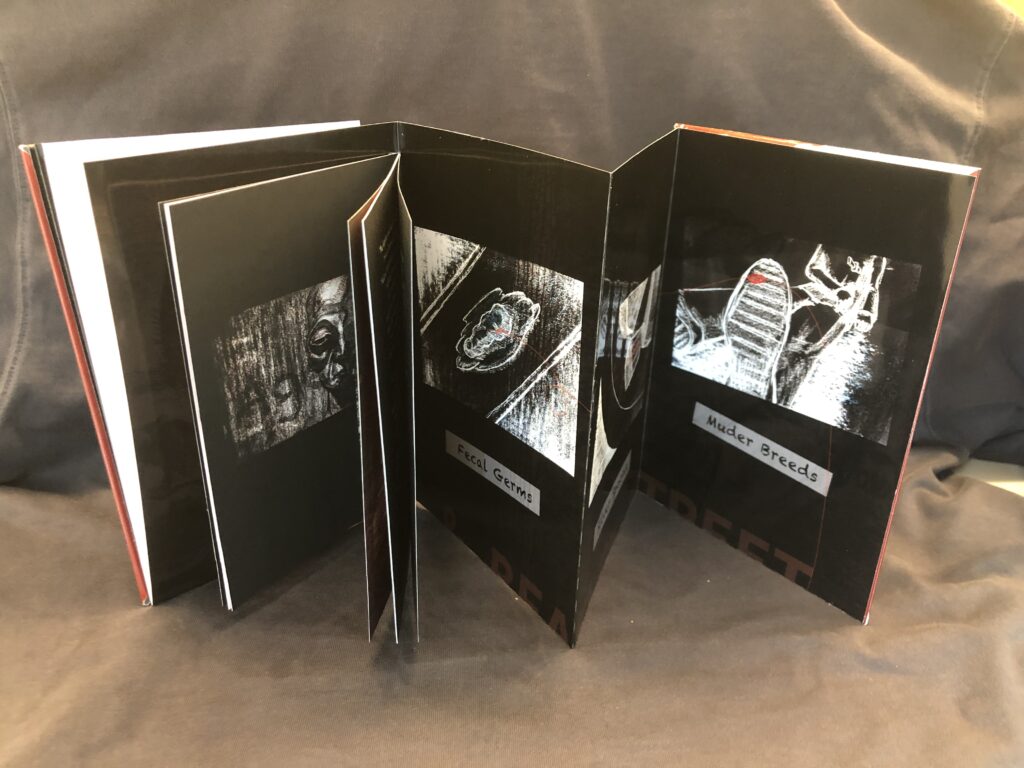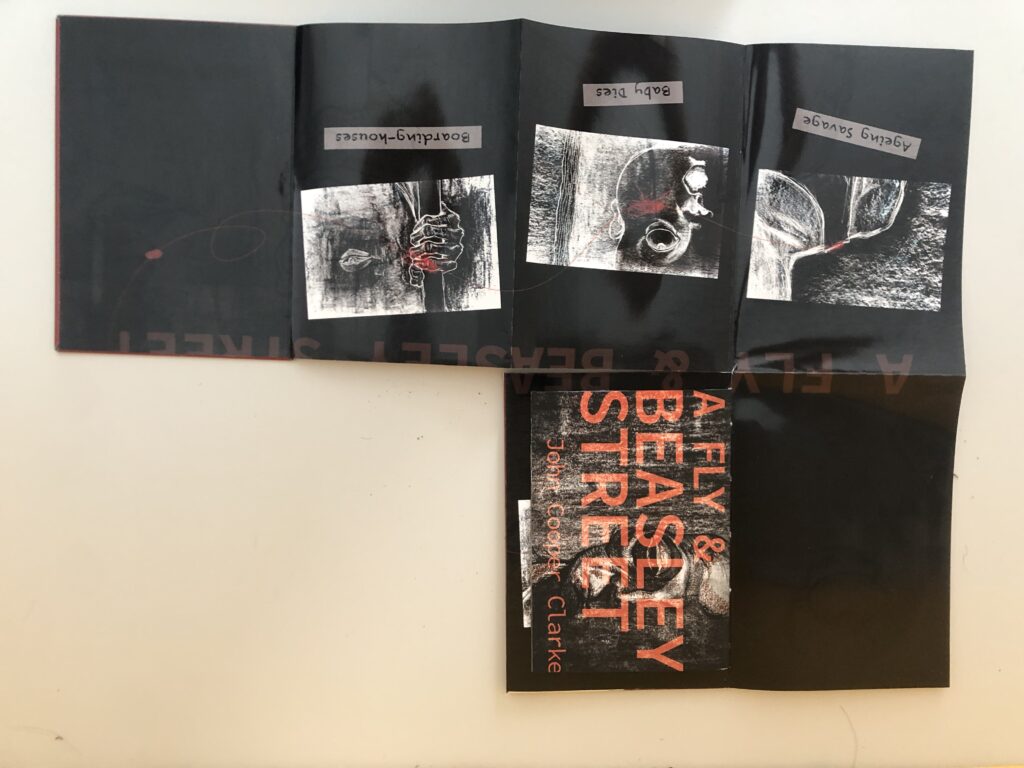Content:Beasley Street – Johnny Cooper Clarke
Form:Physical book
Research
Post-punk
The first thing I learned about this piece was that it was a post-punk type poem, so I got to know post-punk.
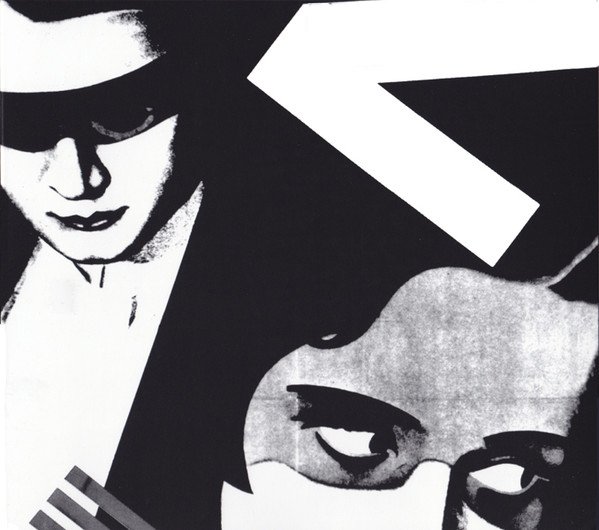
1.Post-punk is a diverse genre that emerged from the cultural milieu of punk rock in the late 1970s. Originally called “new musick”
2.Artists moved beyond punk’s focus on the concerns of a largely white, male, working-class population.
3.”a fusion of art and music”. The era saw the robust appropriation of ideas from literature, art, cinema, philosophy, politics and critical theory into musical and pop cultural contexts.
4.post-punk artists with issues such as alienation, repression, and technocracy of Western modernity.
Johnny Cooper Clarke
Clarke was born in Salford, Lancashire, in 1949. He lived in the Higher Broughton area of the city.

I used to think trees were dirty, because when I was a kid in Salford you’d climb them and come off filthy, it was like you’d been up a chimney… and even if you got a stretch of park you just had to scrape the grass and there were, like, cinders underneath… it was horrible…(April 2018 episode of Steve Jones’ radio show Jonesy’s Jukebox)
Background
“Beasley Street ? The nearest thing that comes to mind is Camp Street as it was in those days, big houses split into flats with a lot of different things going on.”
In 1772 the Manor of Broughton became the property of Mary, sister of Edward Cheetham of Nuthurst and Smedley who was married to Samuel Clowes.
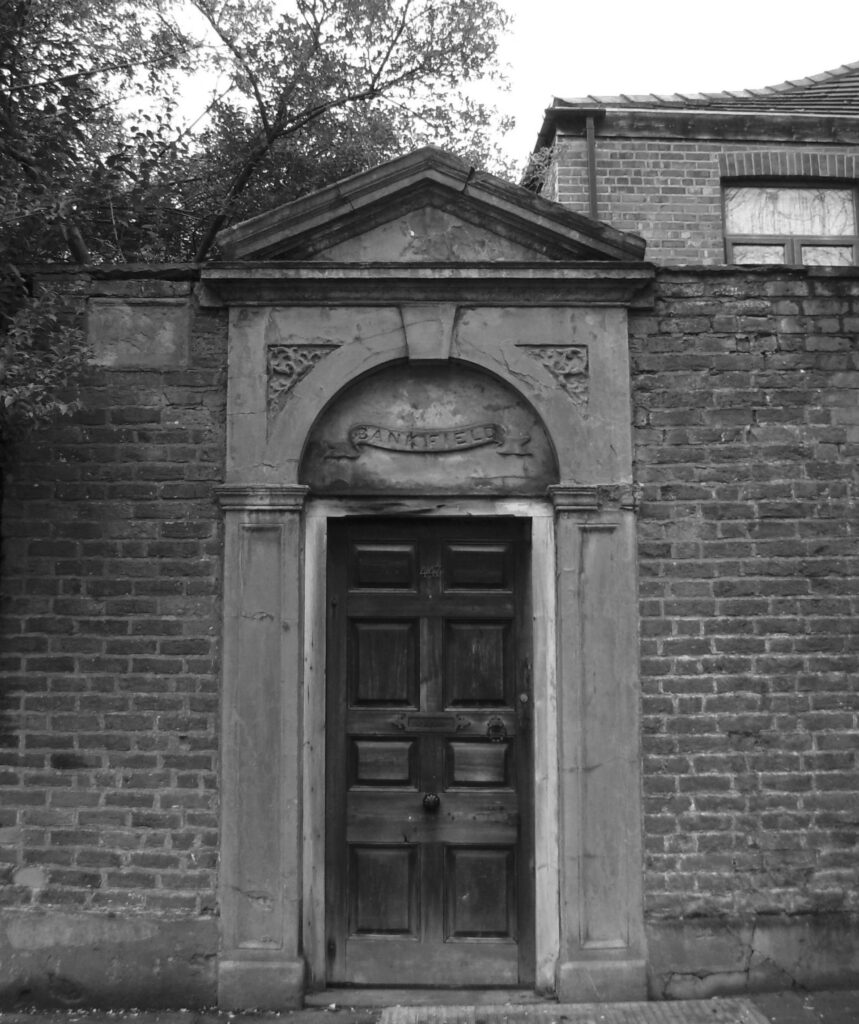
During the latter part of 19 century large numbers of terraced houses were built for the workers until eventually all of Lower Broughton was built upon. During the course of development the Clowes family kept tight control over the area to ensure that it remained “good class”.
During the 20th century many of the large houses were divided up and rented out as flats, causing the area to become run down and neglected.
In the summer months of 2000, new gardens, fences, gates and porches had begun to be fitted to the local authority houses in Lower Broughton covering the whole of the area by 2006.
Metaphor
According to the whole poem, many of the metaphors in the poem are unfamiliar to a foreigner like me, as I have a general knowledge of British history but not of the life of the British people in the 1970s, so I have searched a lot to increase my understanding of the social context of the period. Here are a few of the more important allusions I found.
Keith Joseph: A high and rising proportion of children are being born to mothers least fitted to bring children into the world … Some are of low intelligence, most of low educational attainment. They are unlikely to be able to give children the stable emotional background, the consistent combination of love and firmness … They are producing problem children … The balance of our human stock, is threatened.
In the run-up to the 1970 election Joseph made a series of speeches under the title “civilised capitalism”, in which he outlined his political philosophy and hinted of cuts in public spending
Thatcher abolished free milk for children aged 7–11 in 1971, due to the government’s attempts to cut spending.
dead canary: an allusion to caged canaries (birds) that miners would carry down into the mine tunnels with them. If dangerous gases such as carbon monoxide collected in the mine, the gases would kill the canary before killing the miners, thus providing a warning to exit the tunnels immediately.
Rickets: Glisson’s influential position in medicine made rickets soon become the English disease of the pre-Industrial Revolution in the British Isles. Among several causes, dietary deficiencies, social, economic and environmental issues must have played a significant role, as cities and towns of Victorian England and Wessex were particularly enveloped in smog.
Initial idea
The poem is set in 1970s Britain, where a series of events (such as economic depression, social inequality, worker lay-offs, etc.) have led to a change in people’s spirit and their environment. However, as a foreign audience, we can only get a sense of the general atmosphere of the poem and some of the general associations such as the depressing, dirty, depressing streets, but it is difficult to really understand the poem without researching it, as most people can summarise the time period in general, but few can experience the time period in real life.
So my idea was to integrate the message of the poem and give the viewer a sense of what was happening on Beasley Street during that time through specific events, and I chose to design the physical book as an illustration.
I also decided that the book would be a fly’s eye view of Beasley street during this time. The reason for choosing a fly as the protagonist was to connect the specific happenings of the era like a journey of one of the tiniest and most ordinary creatures
So I took some representative scenes from the poem and ended up choosing six figurative scenes from the poem as different themes, each of which is illustrated to describe a specific event or thing that leads to some characteristics of the time period.
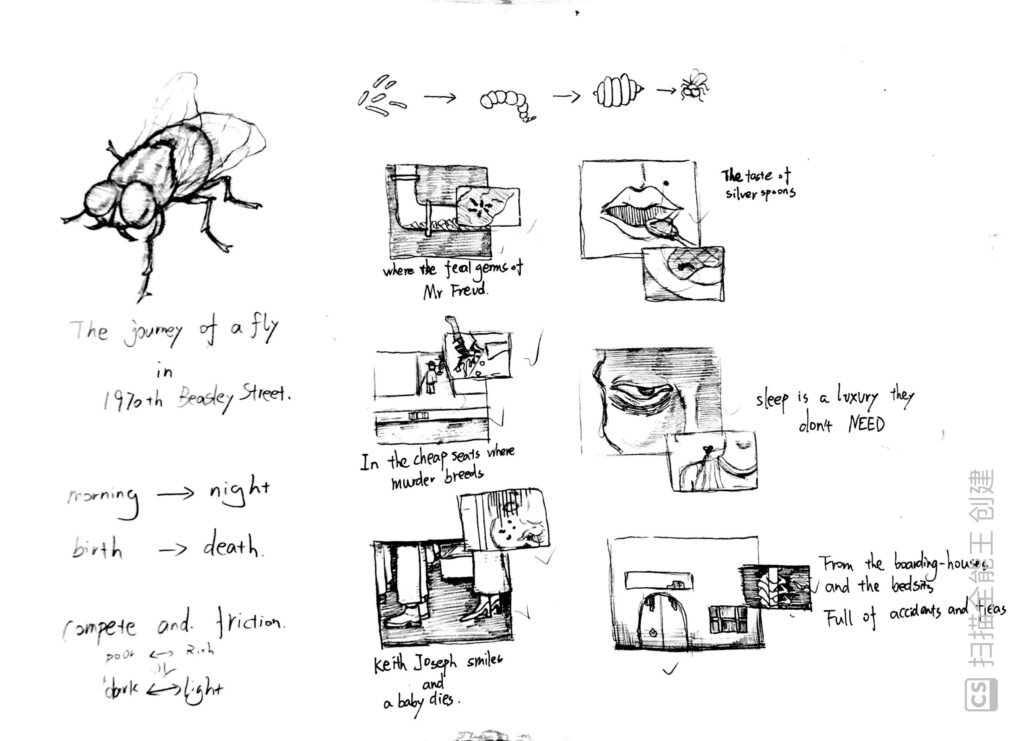
Illustration
Firstly, I decided on the style and form of the illustration, taking into account the extracts from the poem I had chosen, and looked for some illustrations in a similar style for reference.
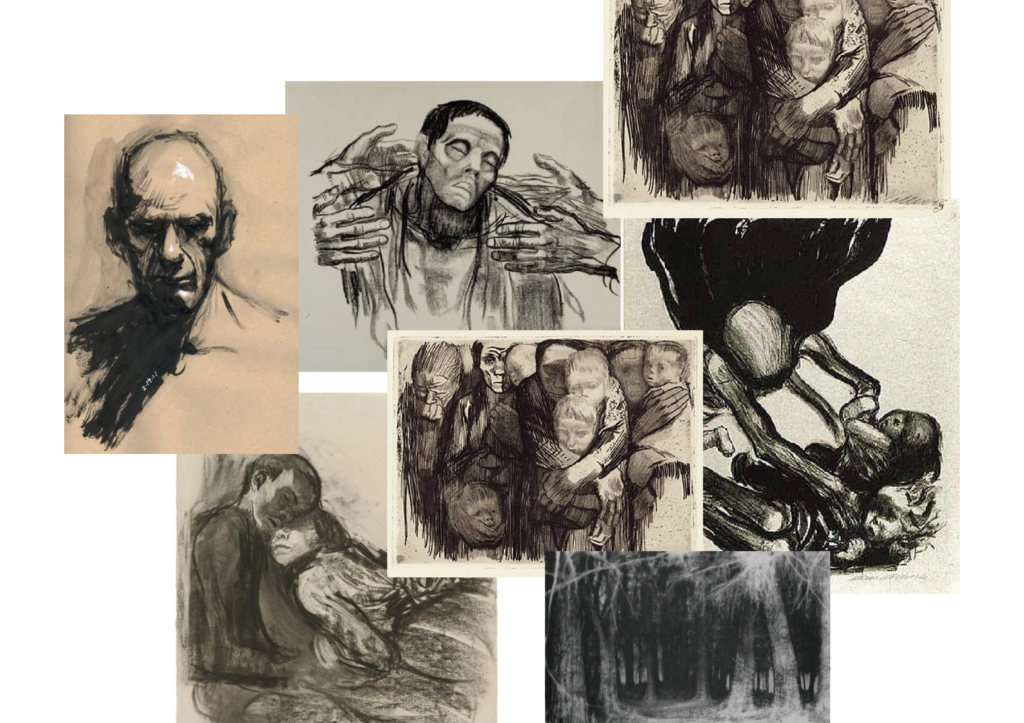
I then made some drafts to further confirm the illustrations.

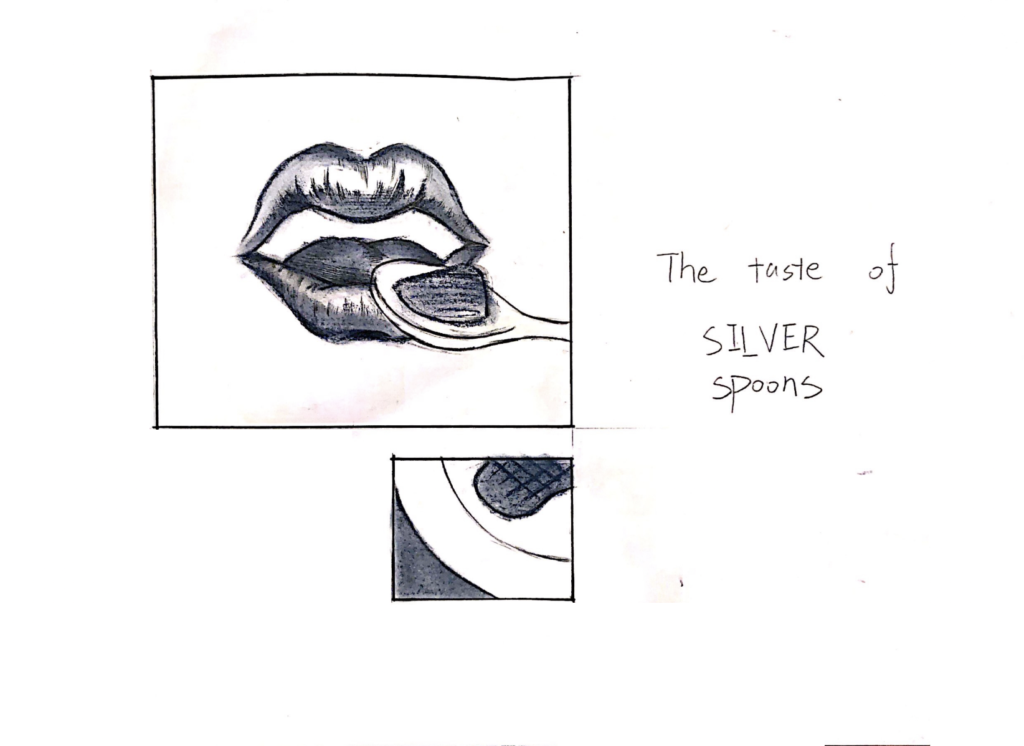
Outcome of illustration

Fecal Germs 1 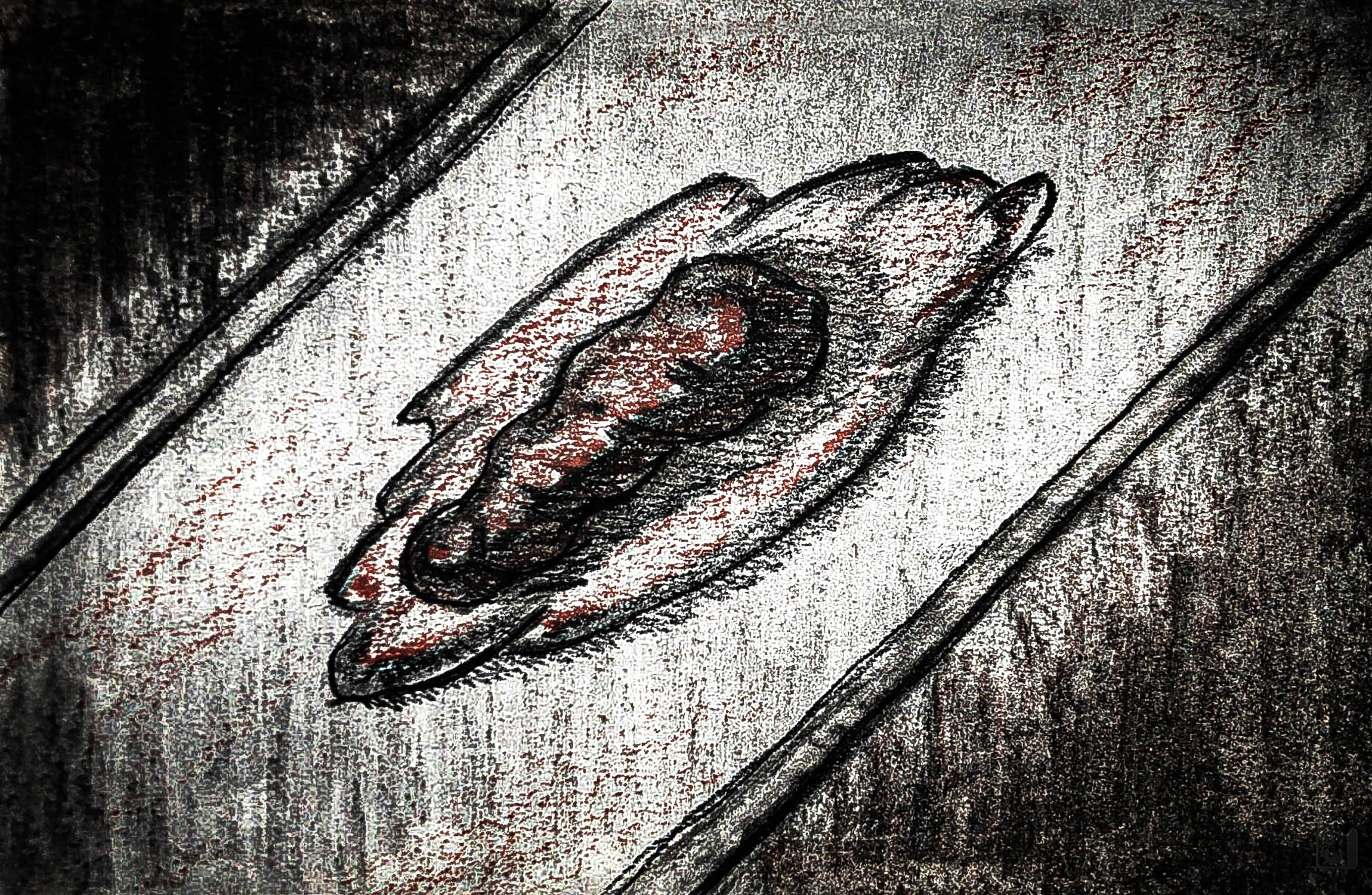
Fecal Germs 2 
Silver Spoons 1 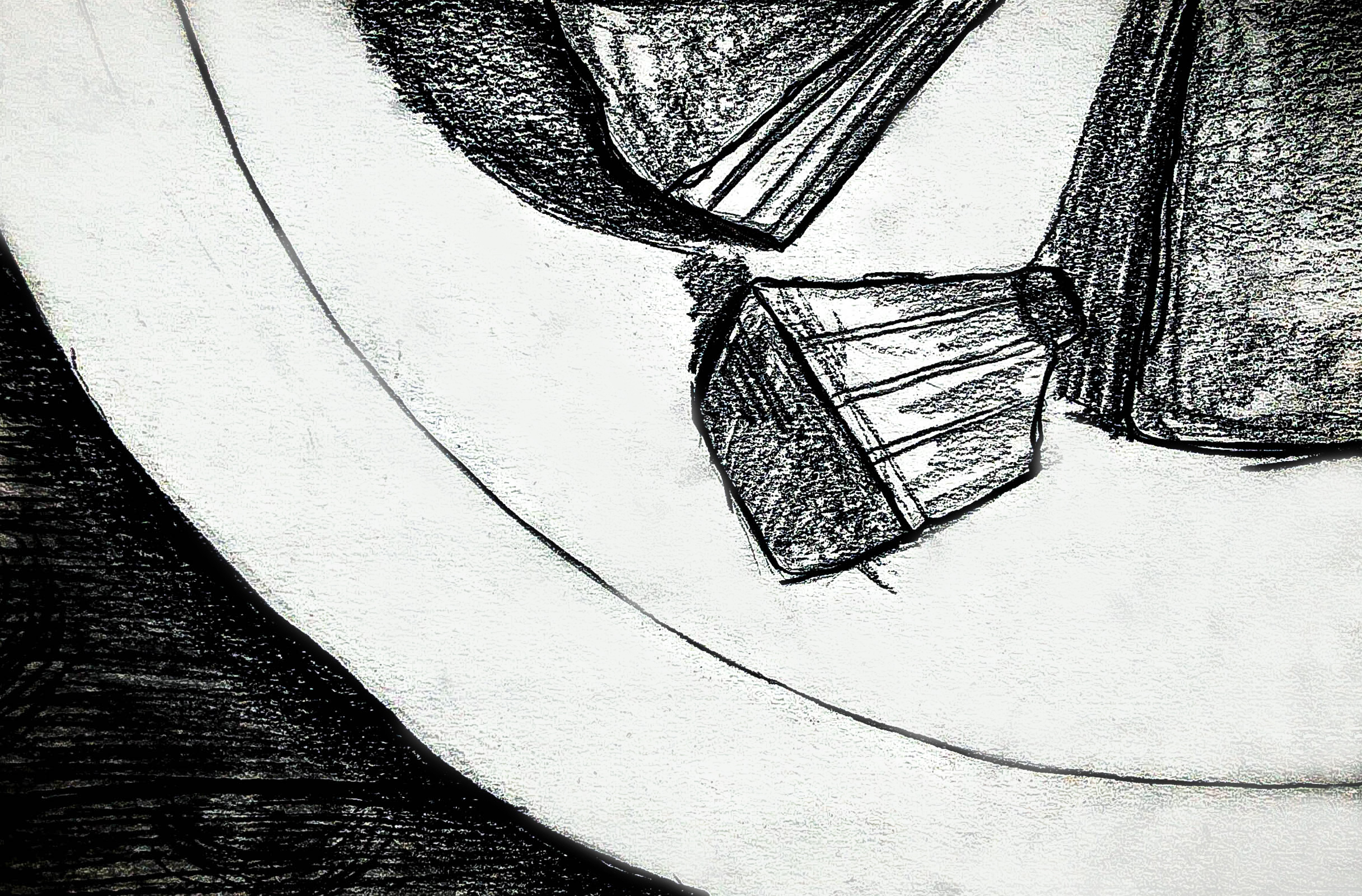
Silver Spoons 2 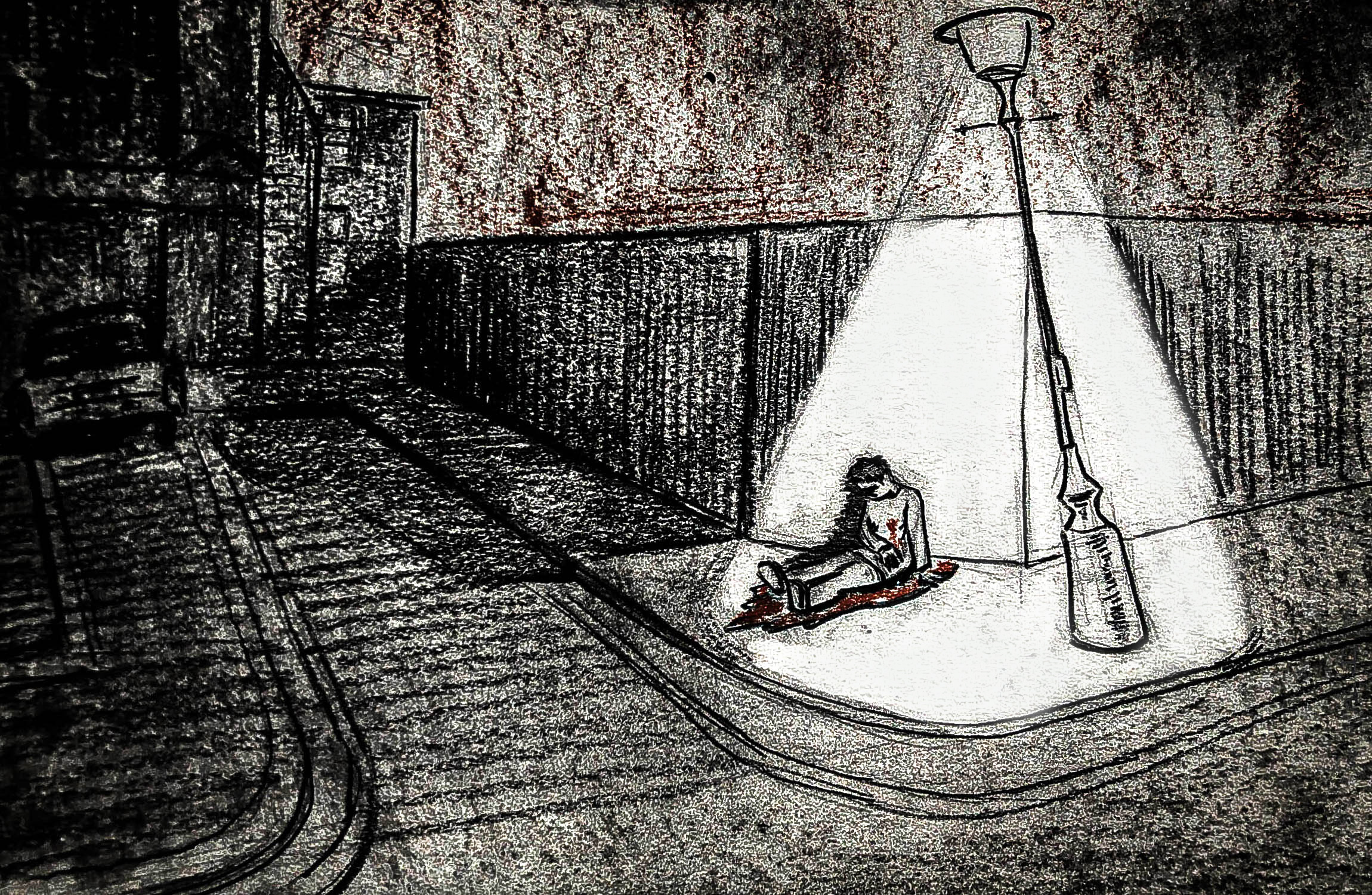
Murder Breeds 1 
Murder Breeds 2 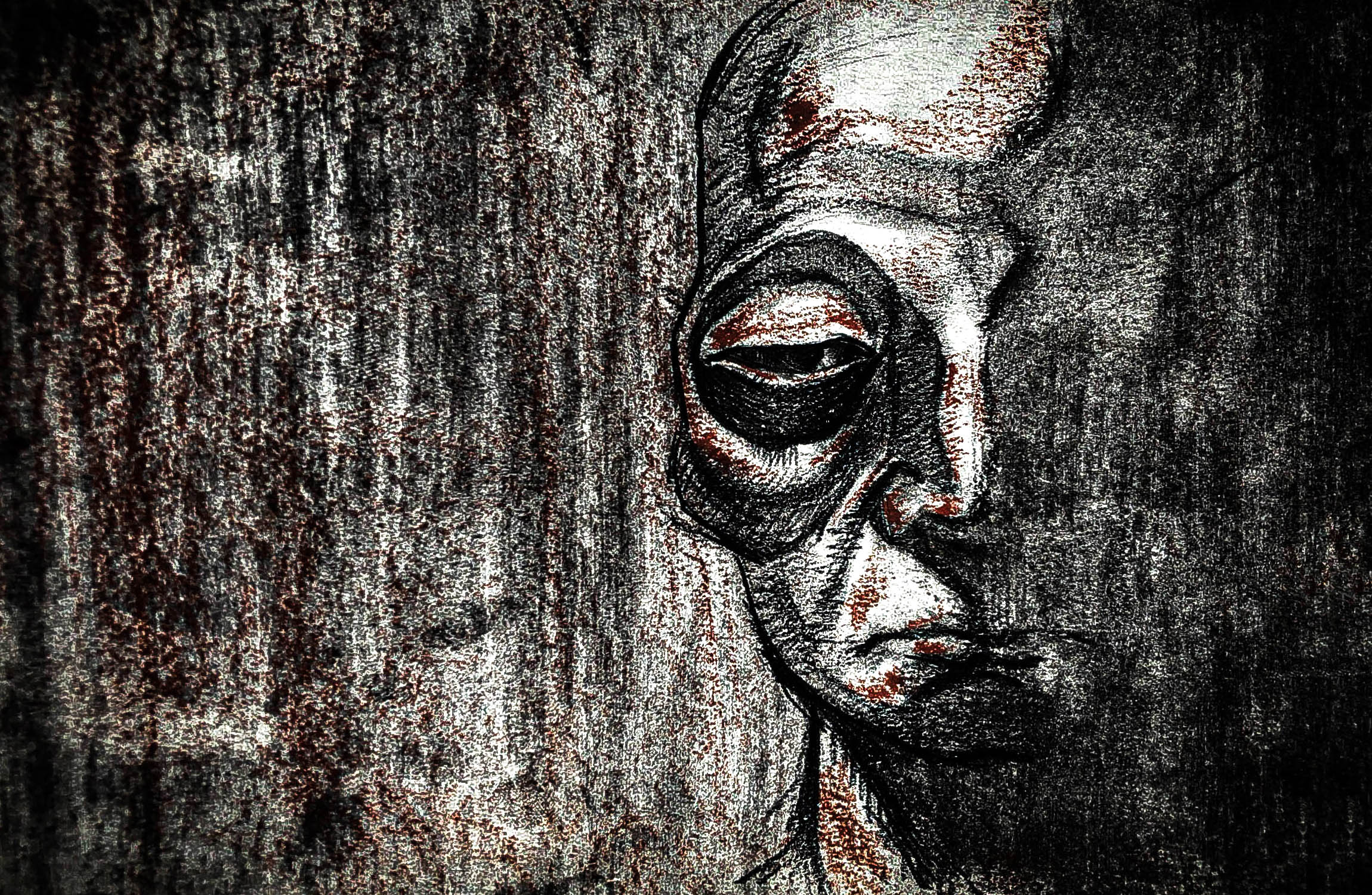
Aging Savage 1 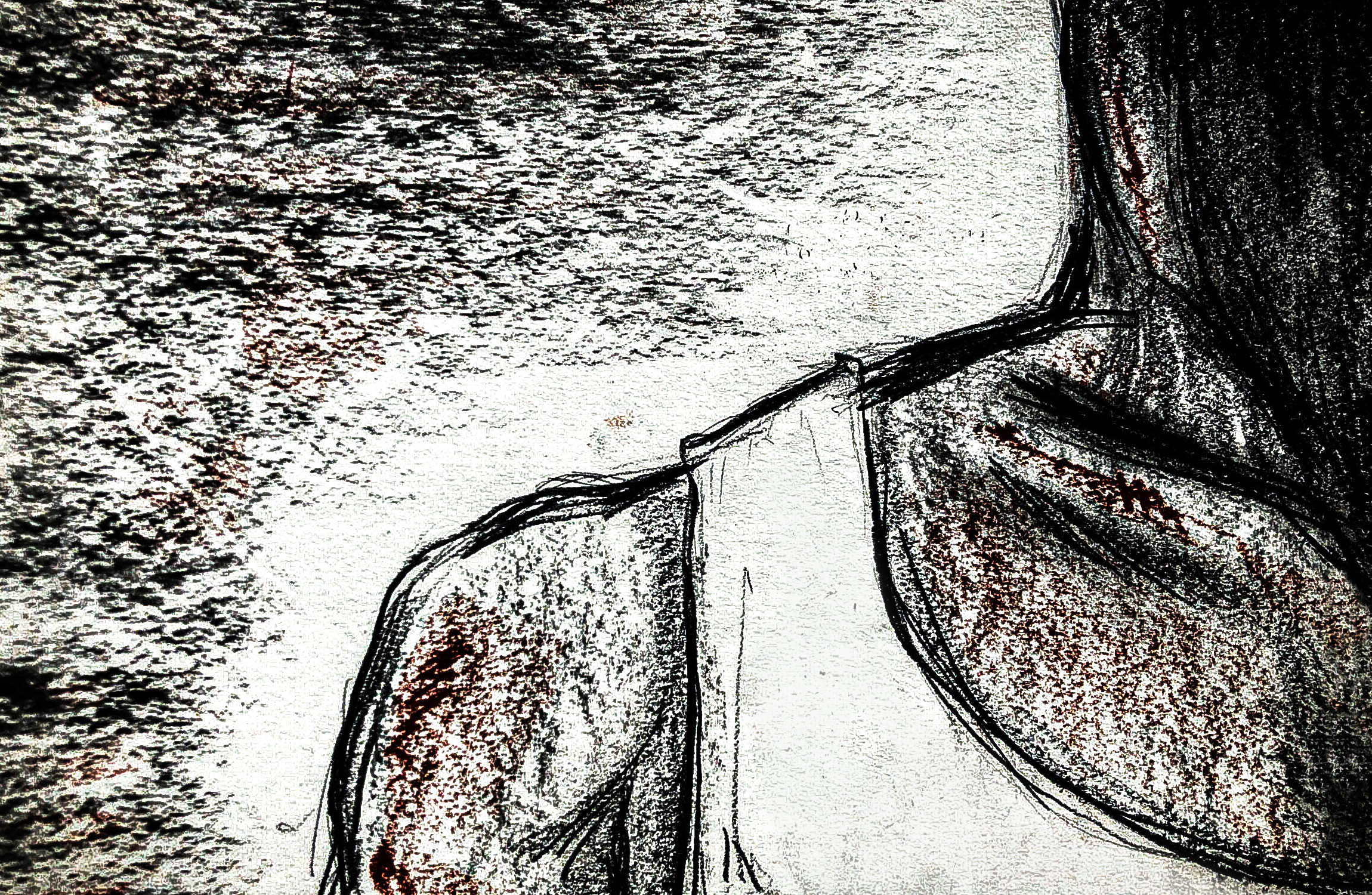
Aging Savage 2 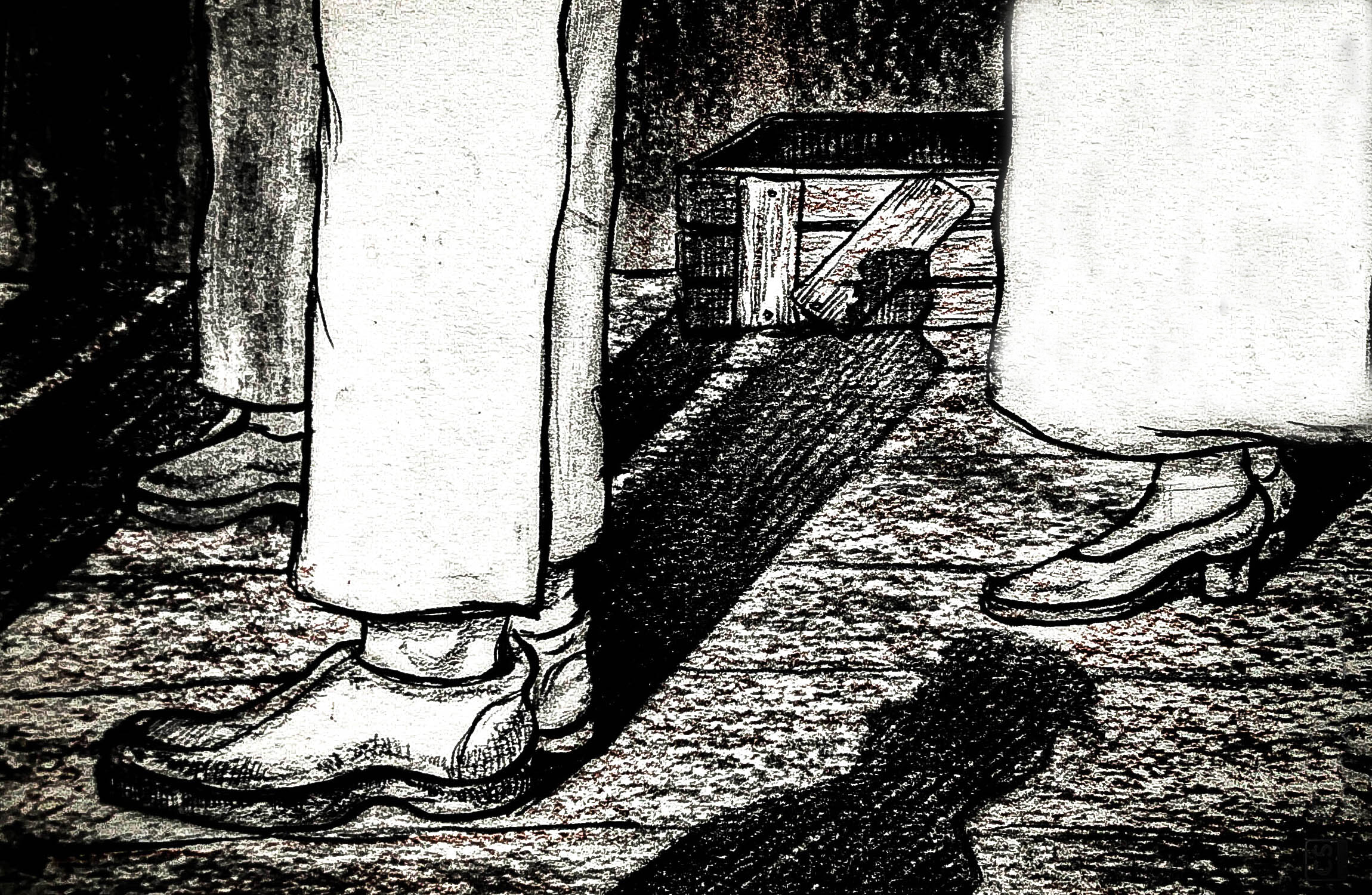
Baby Dies 1 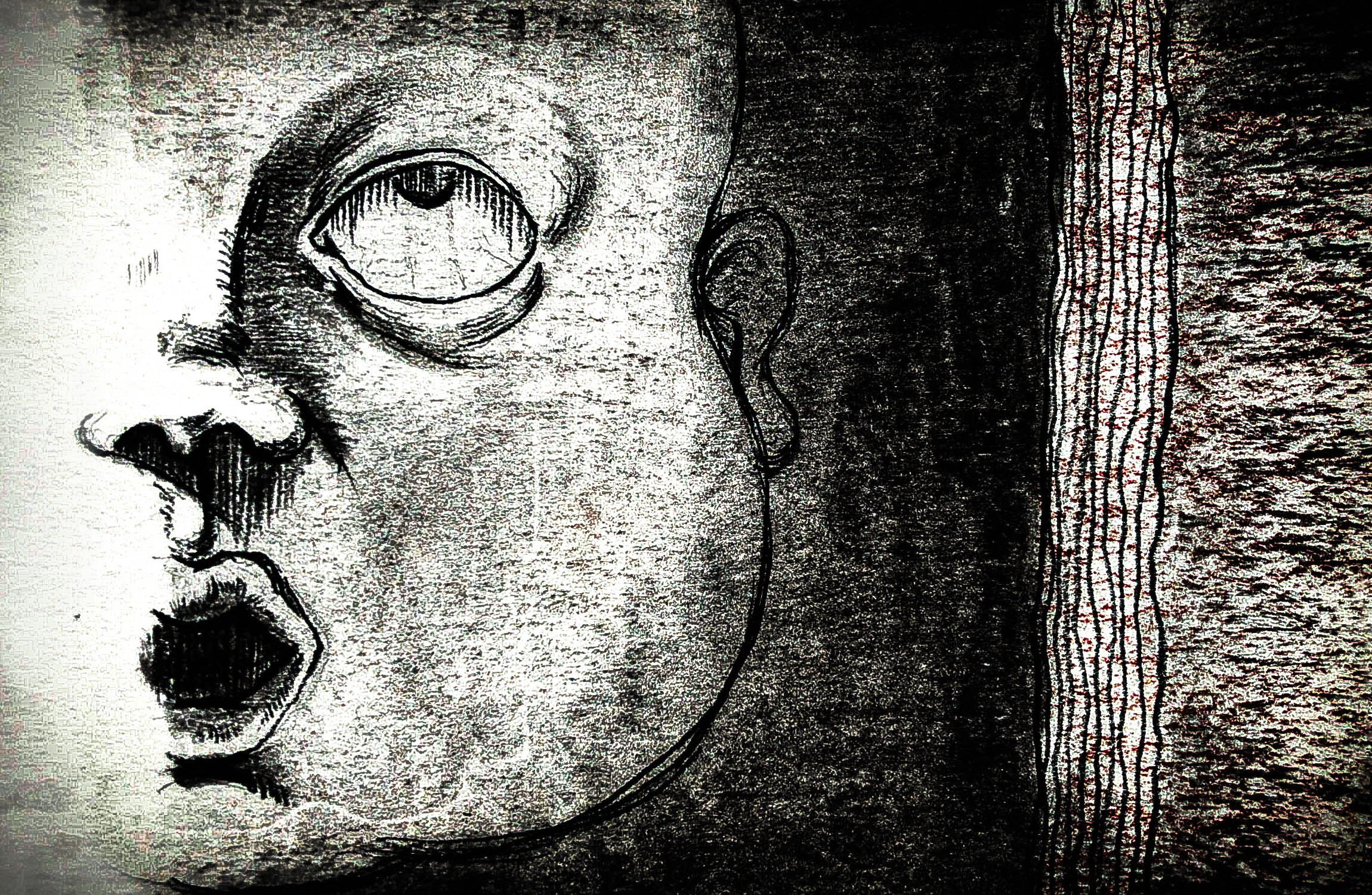
Baby Dies 2 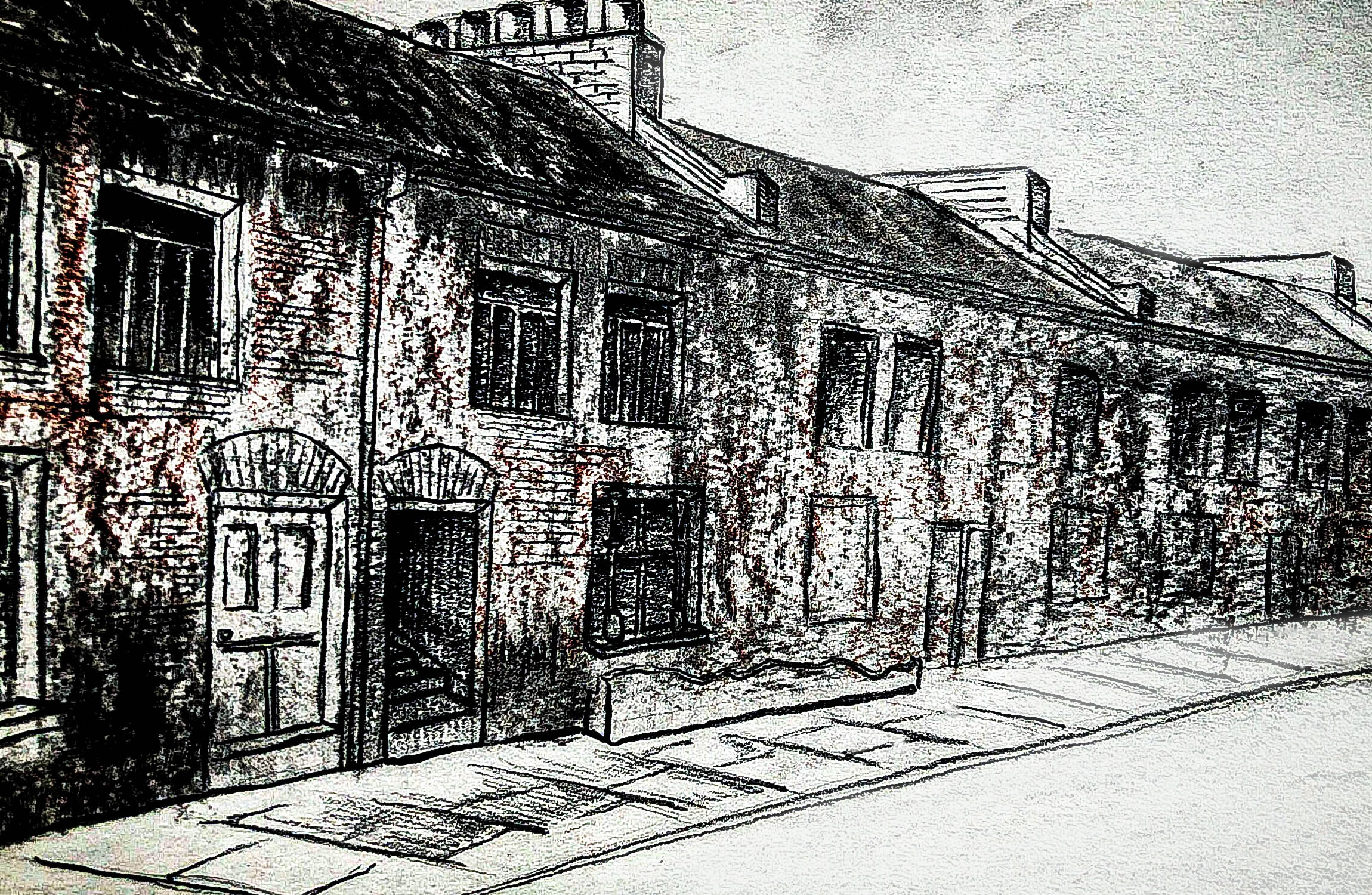
Boarding-house 1 
Boarding-house 2
Layout
At the beginning I chose to present Beasley street in the form of a picture book, so I decided to integrate it in a roughly similar layout.
But in the end I decided to discard this version because I felt it was too boring, the colours were not very consistent with the theme and I wanted to form a continuous process with the successive illustrations. So I finalised the final typography.
Physical book
more specific story about flies in Beasley street through the posters, but also to see the posters as a table of contents to give the reader a systematic explanation of the whole book. I wanted both elements to allow the reader to become more involved in the story and to access specific information about Beasley street more effectively.
